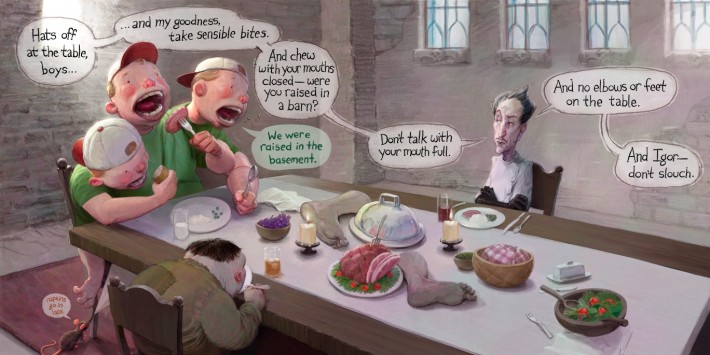Dining etiquette around the world: the dos and don’ts
http://news.secretescapes.com.sg/dining_etiquette/
http://news.secretescapes.com.sg/dining_etiquette/
When travelling around the world, you’re bound to end up in a local restaurant somewhere along the way, and then what? Fork, spoon, or chopsticks? To tip or not? As many may have discovered, a country’s dining etiquette can leave you walking on the eggshells of the safe and steady omelette you’ve ordered. When customs vary so widely from place to place, it can be hard to know if you’re unknowingly offending anyone. To help you avoid upsetting the chef, we’ve got a quick round-up of dining dos and don’ts for five potentially tricky destinations.
France
French cuisine is synonymous with perfect pastries, crusty bread, delicious wines and excellent cheeses. It shares a love for escargot (land snails) with other parts of Europe, and its penchant for frog’s legs with Southeast Asia. But how to eat delectable delicacies such as these without a hiccup? For a start, keep your hands above the table – you’ll need them anyway to tear the bread, which you can use to help put food onto your fork. When you’re done, keep the bread on the table (not on your plate) and don’t split the bill, it’s considered uncouth.

French cuisine is synonymous with perfect pastries, crusty bread, delicious wines and excellent cheeses. It shares a love for escargot (land snails) with other parts of Europe, and its penchant for frog’s legs with Southeast Asia. But how to eat delectable delicacies such as these without a hiccup? For a start, keep your hands above the table – you’ll need them anyway to tear the bread, which you can use to help put food onto your fork. When you’re done, keep the bread on the table (not on your plate) and don’t split the bill, it’s considered uncouth.

Last edited:













